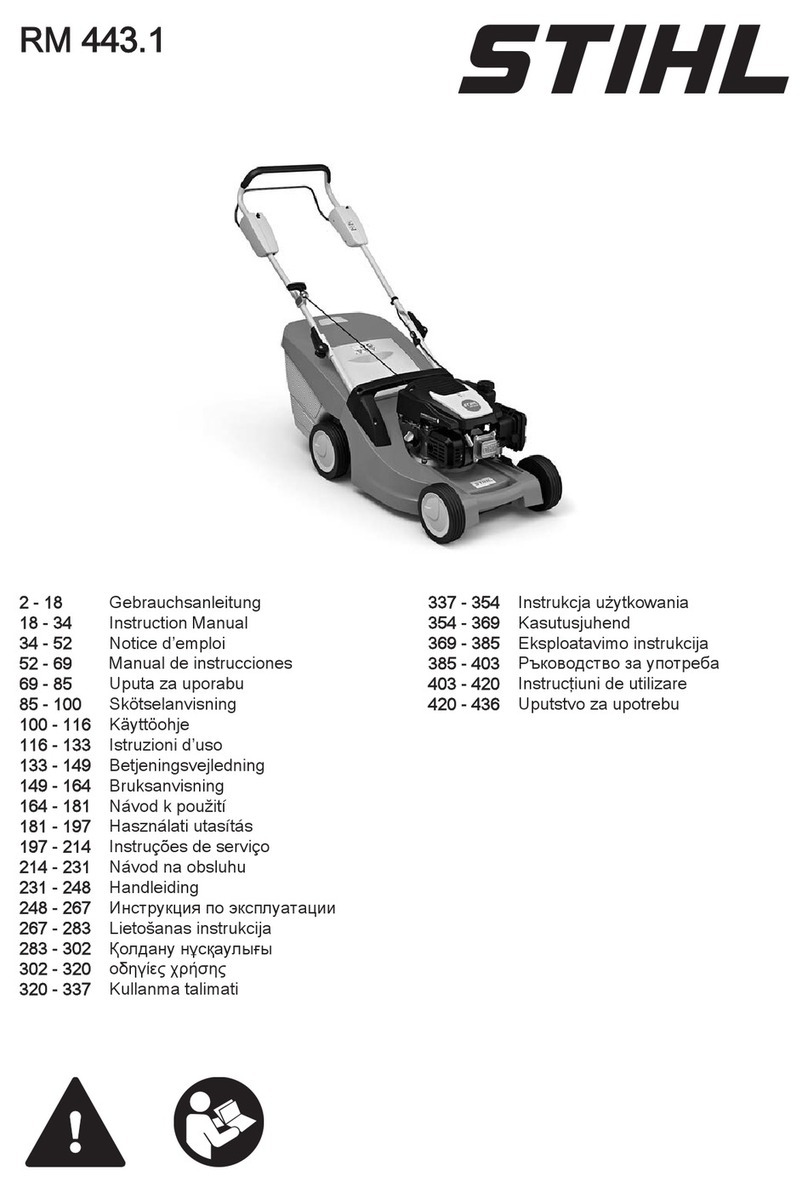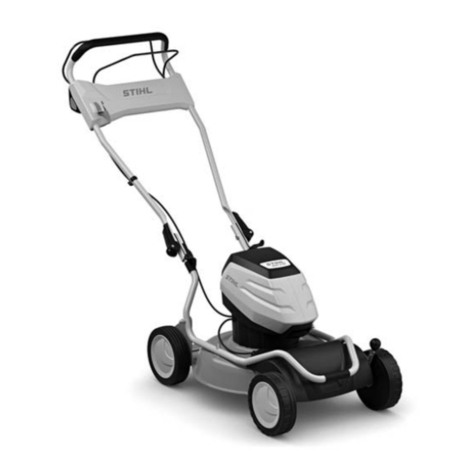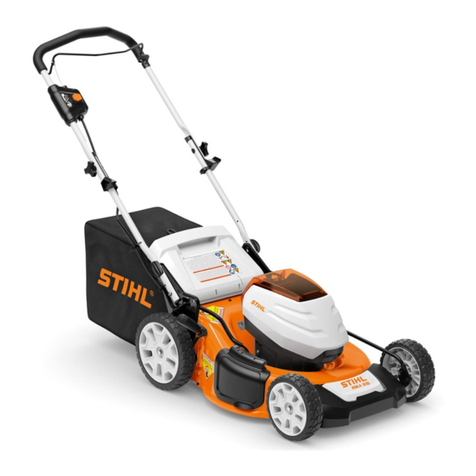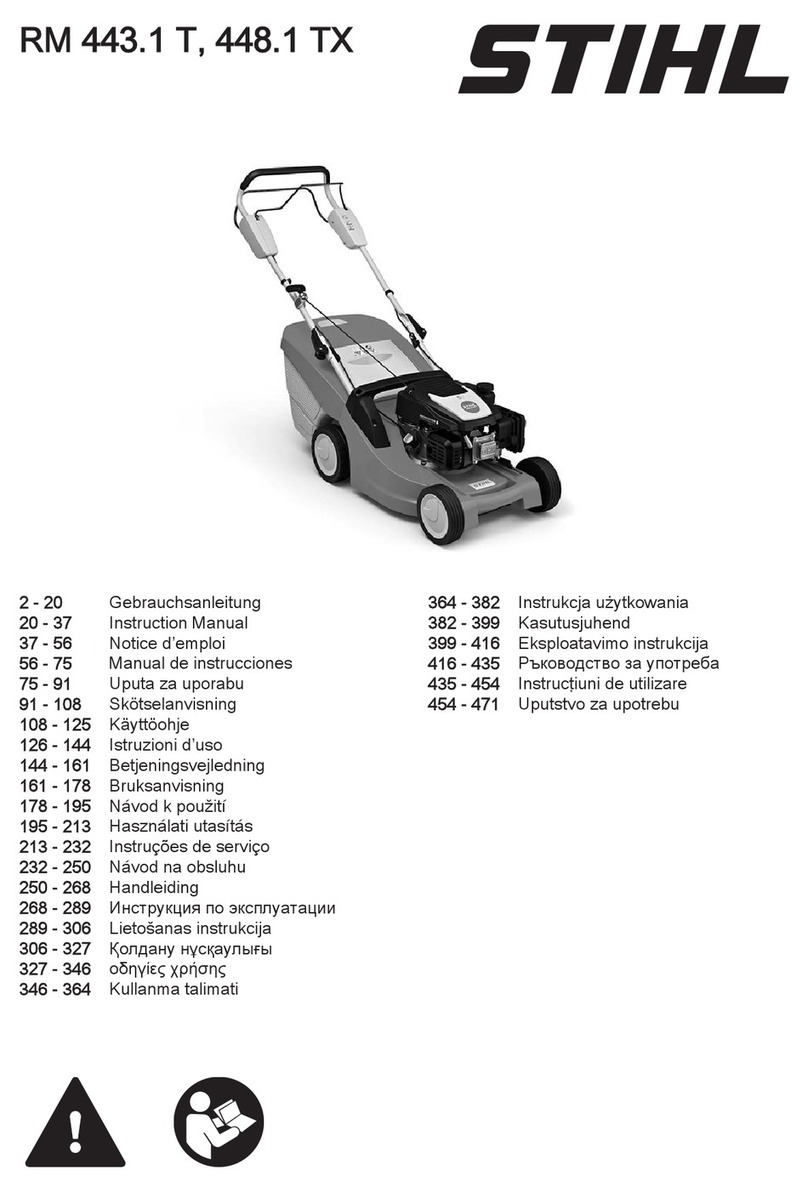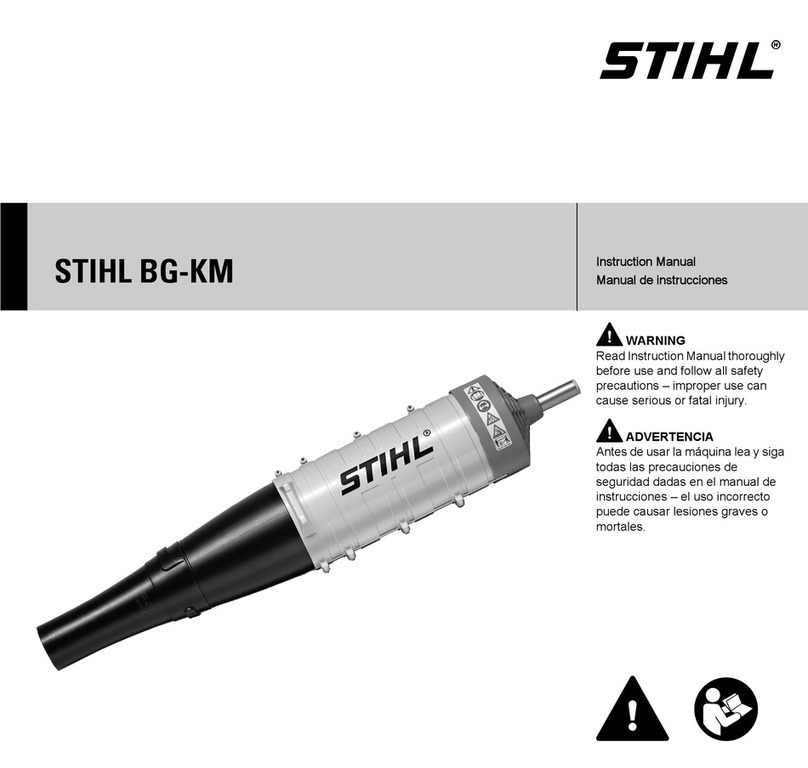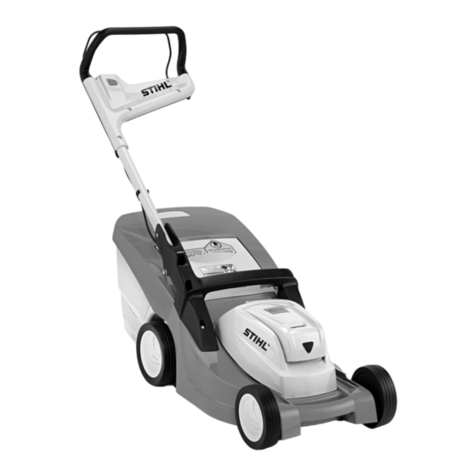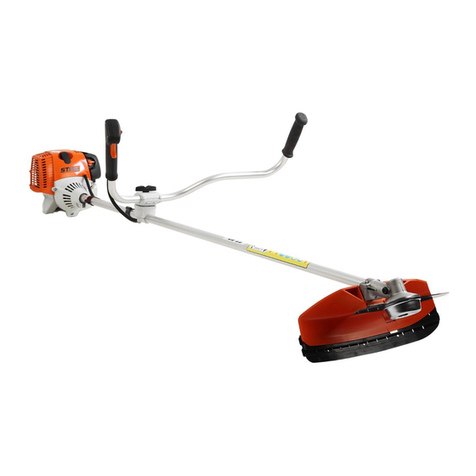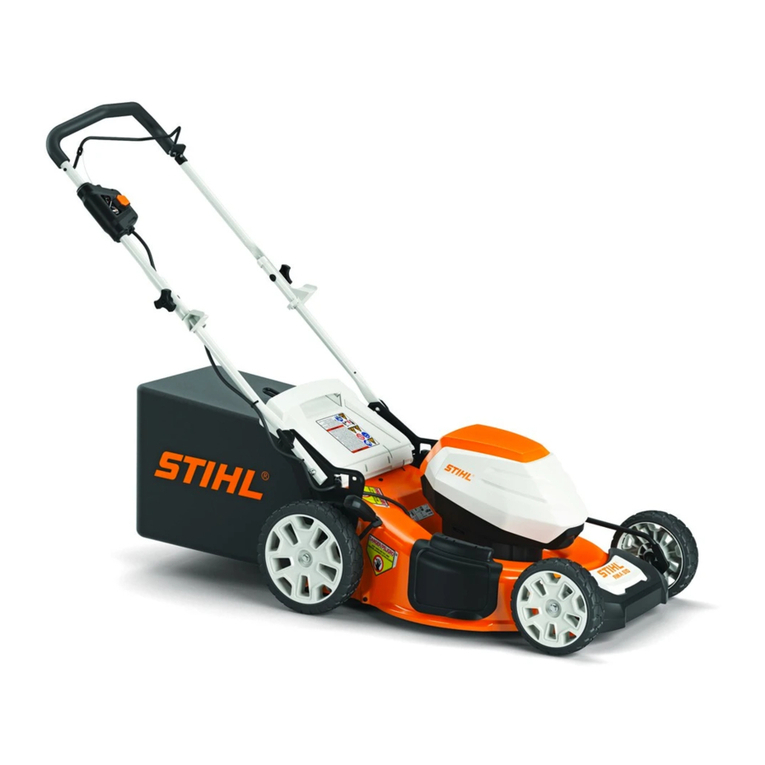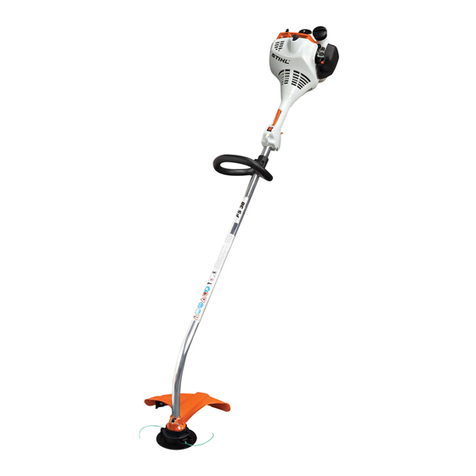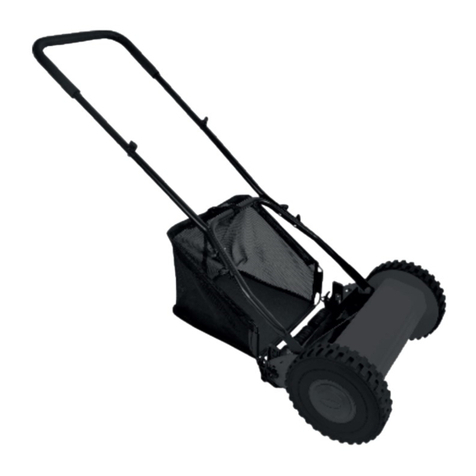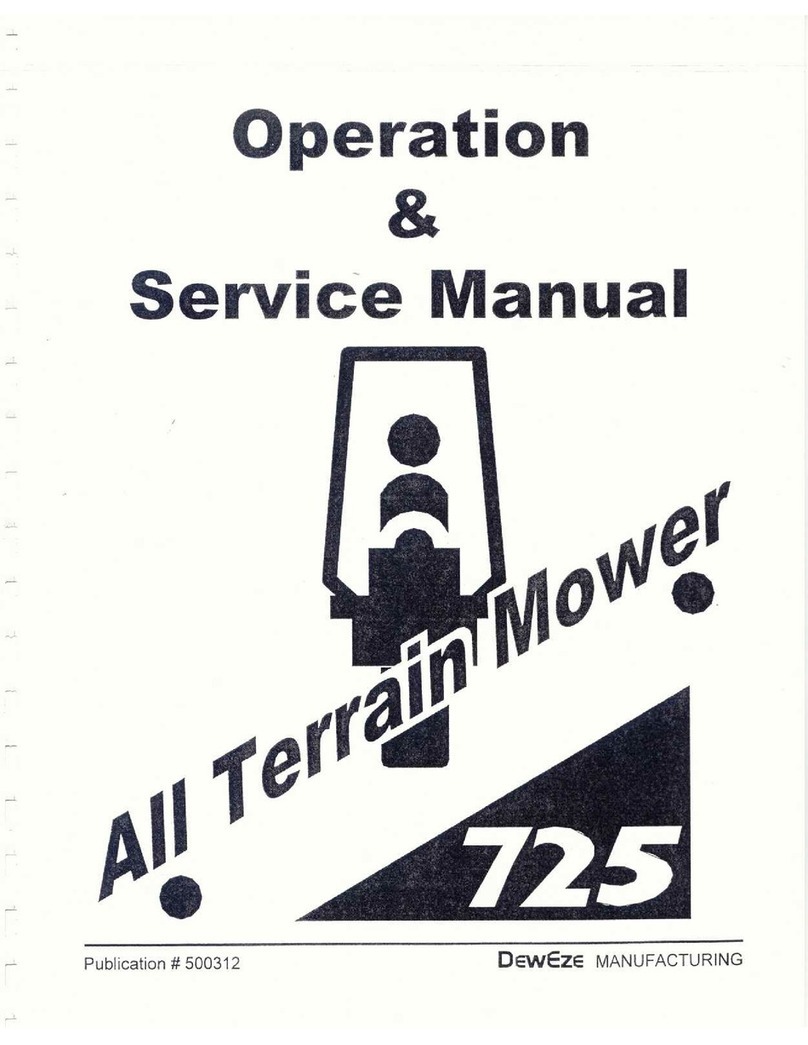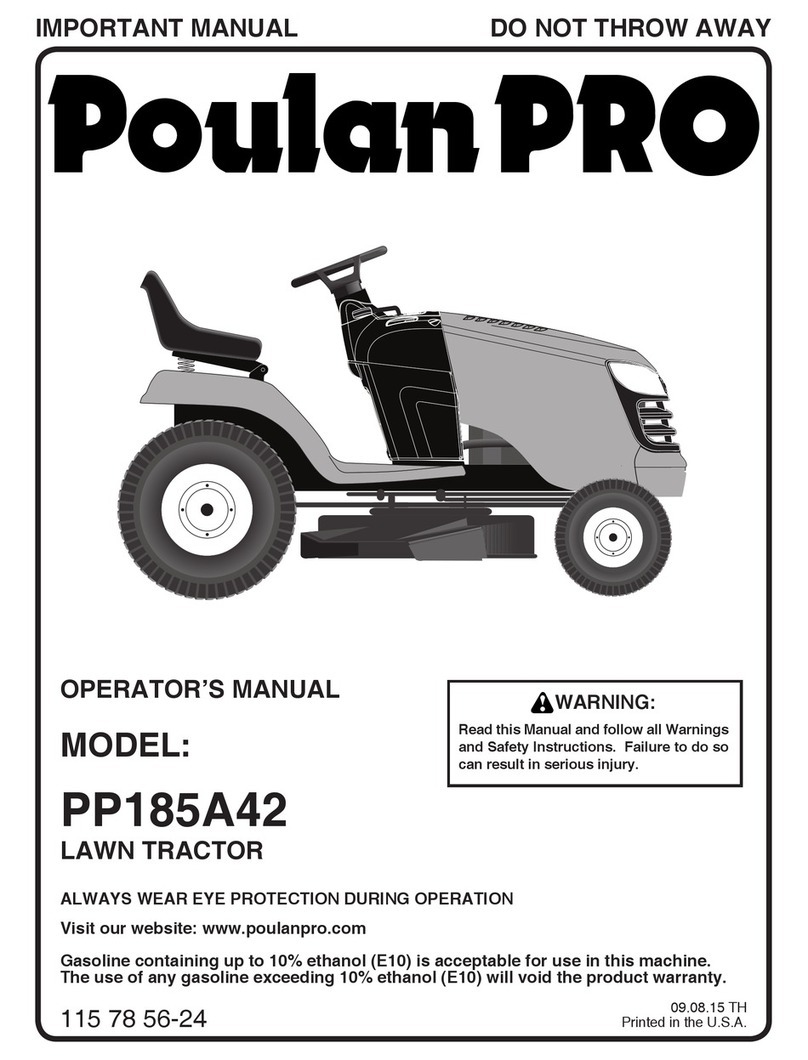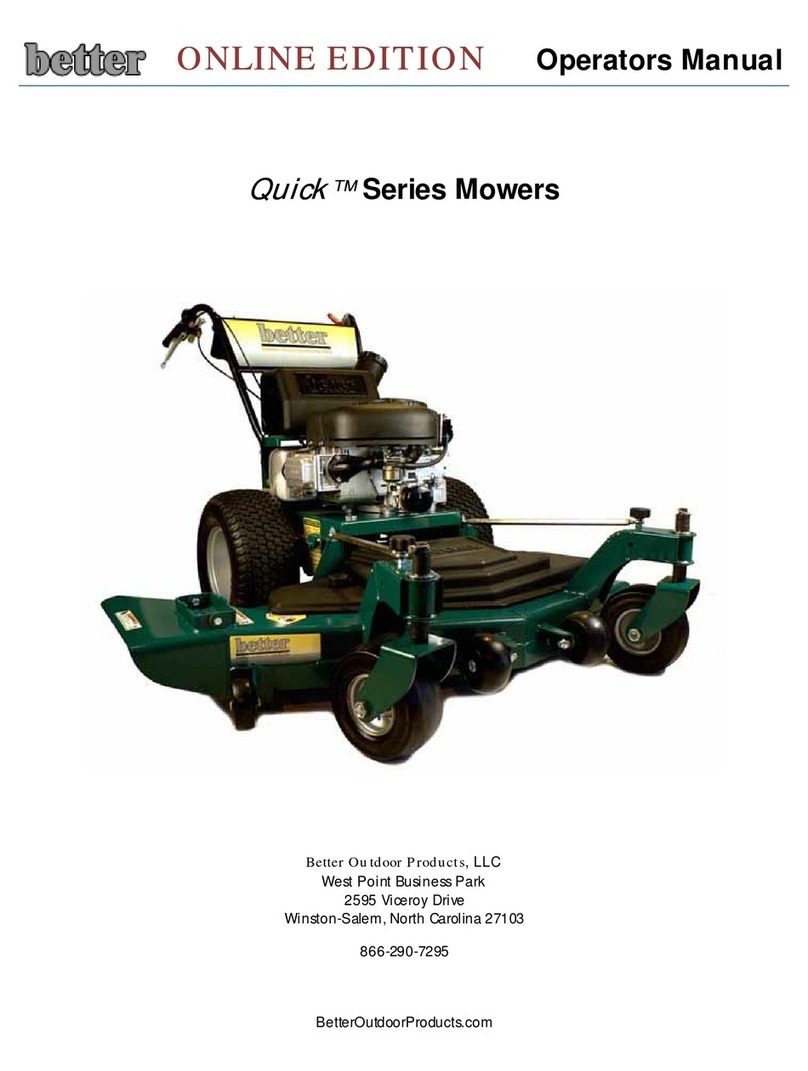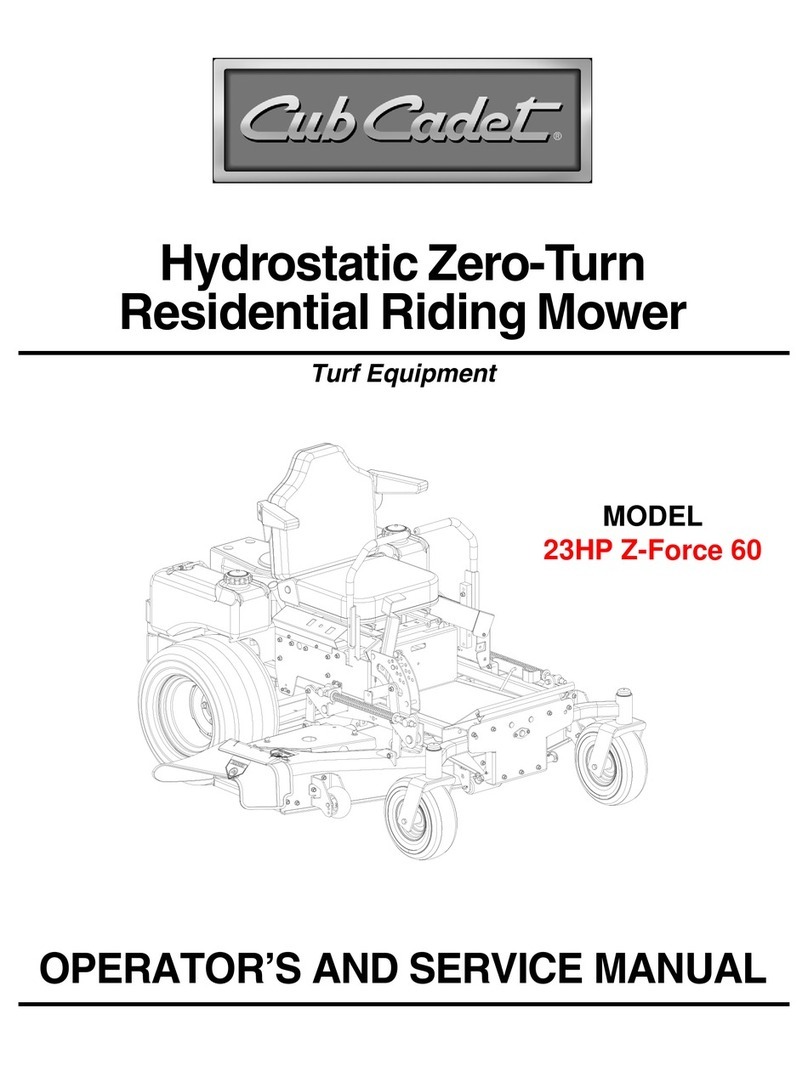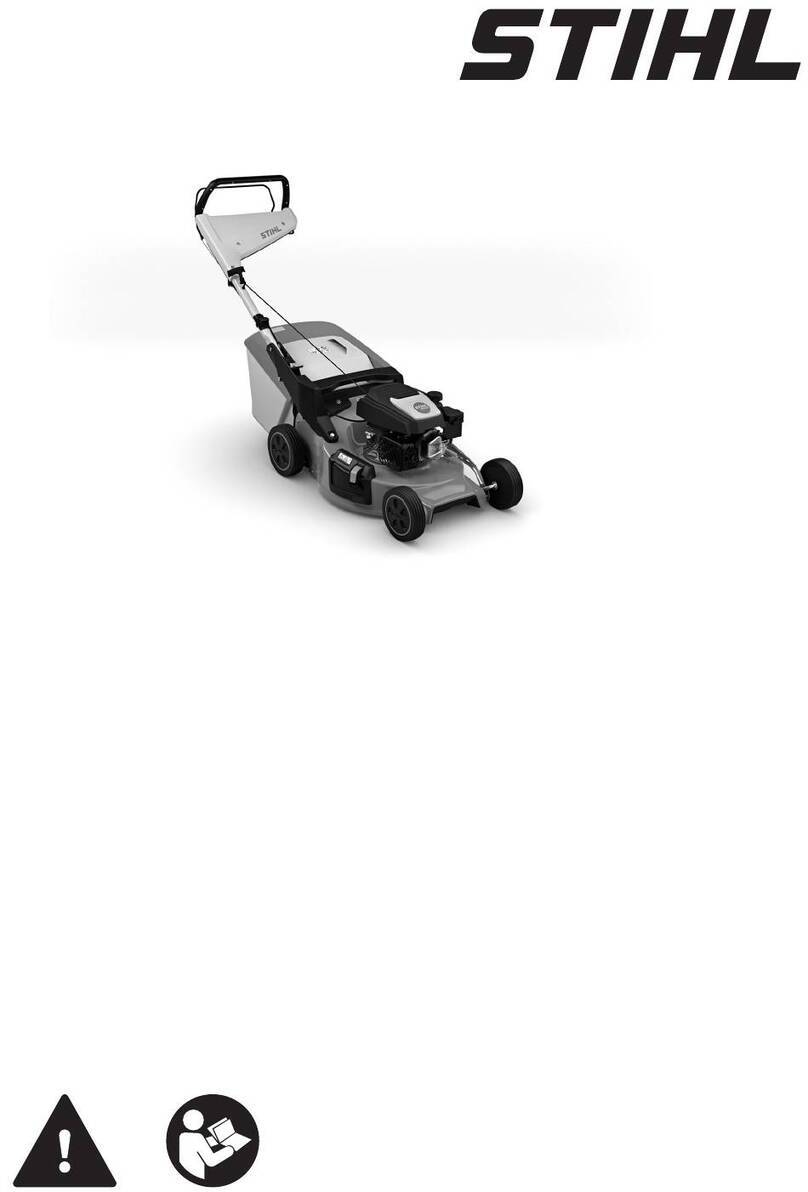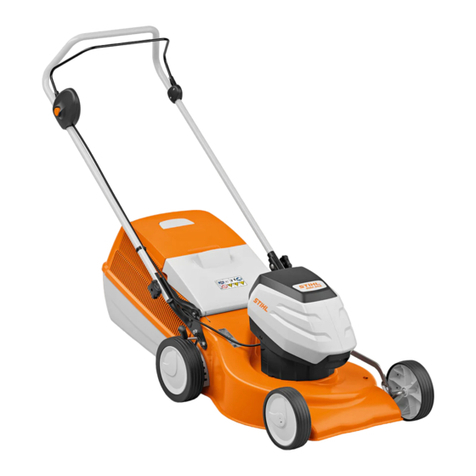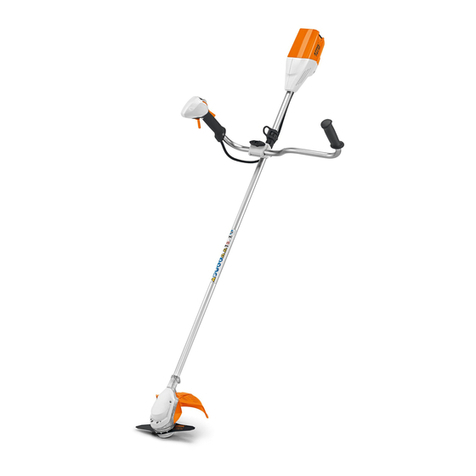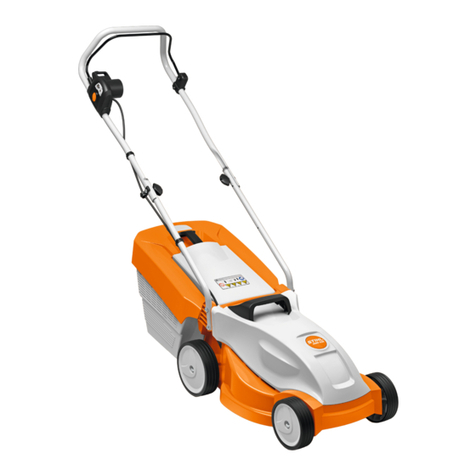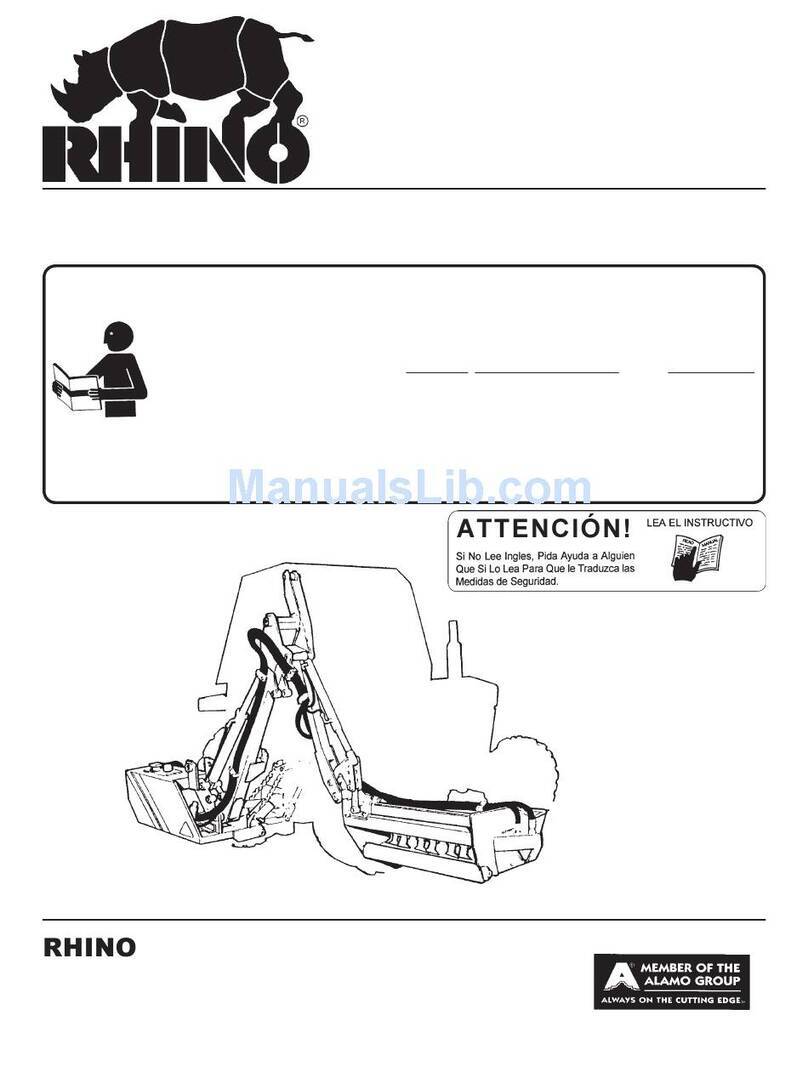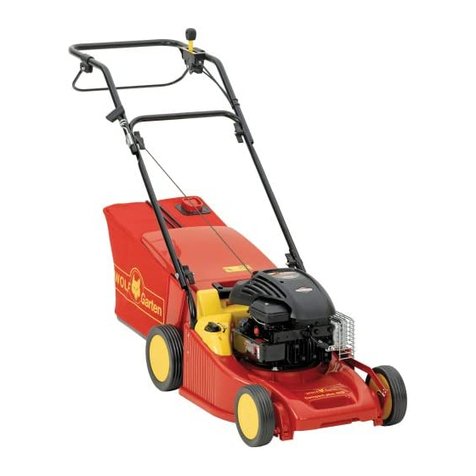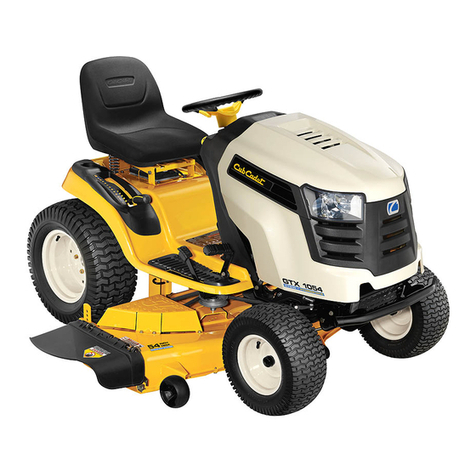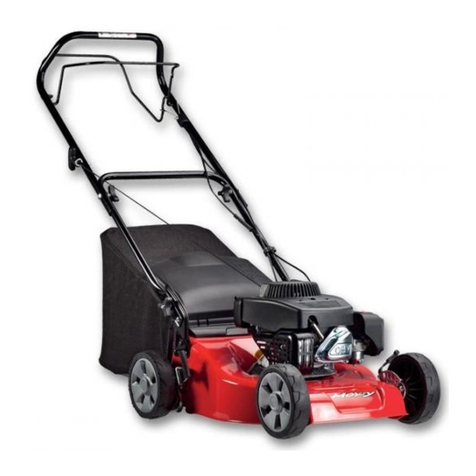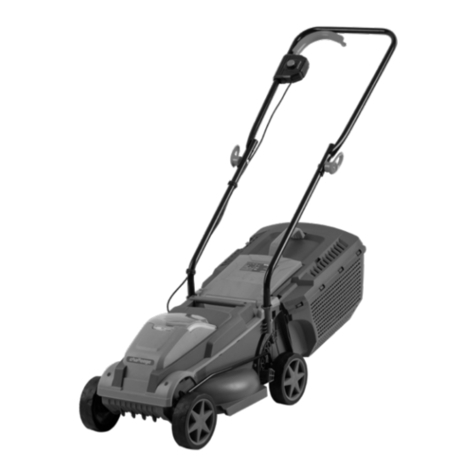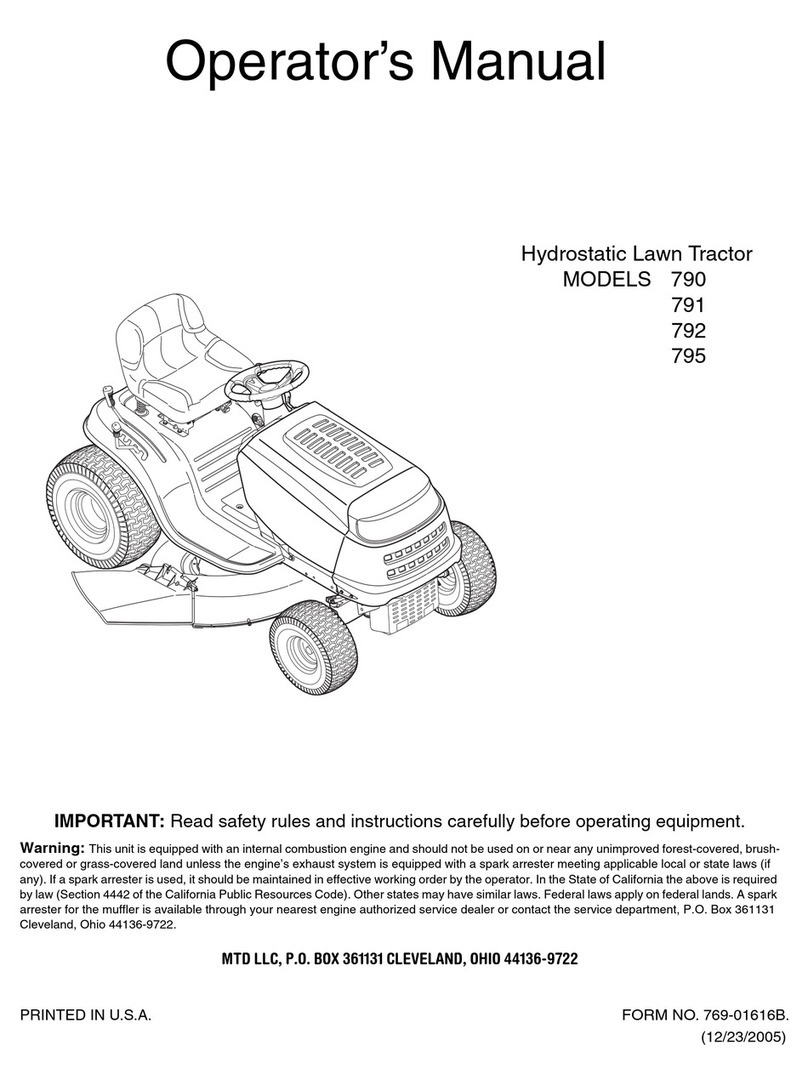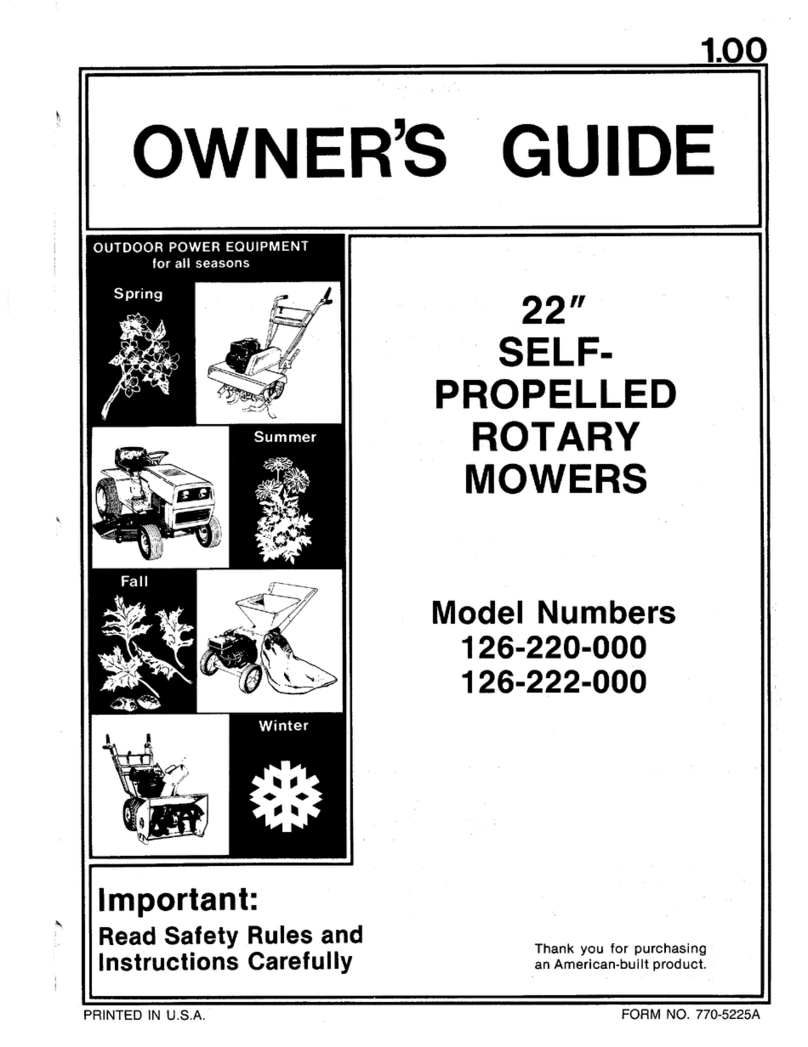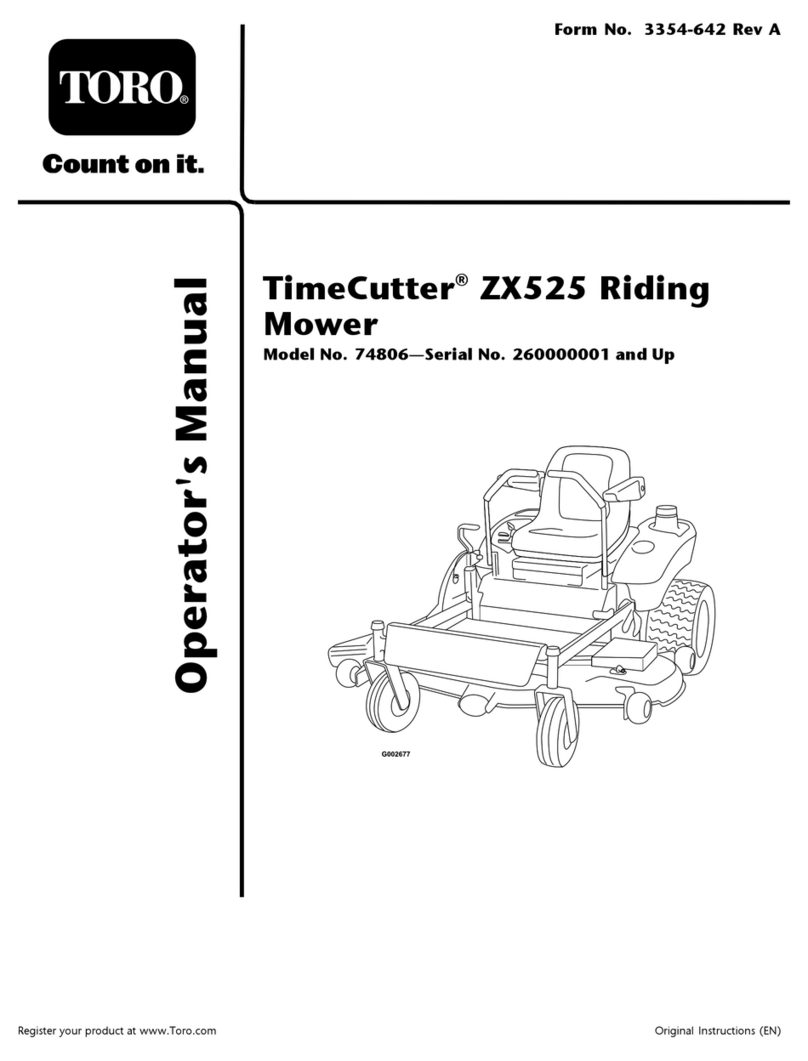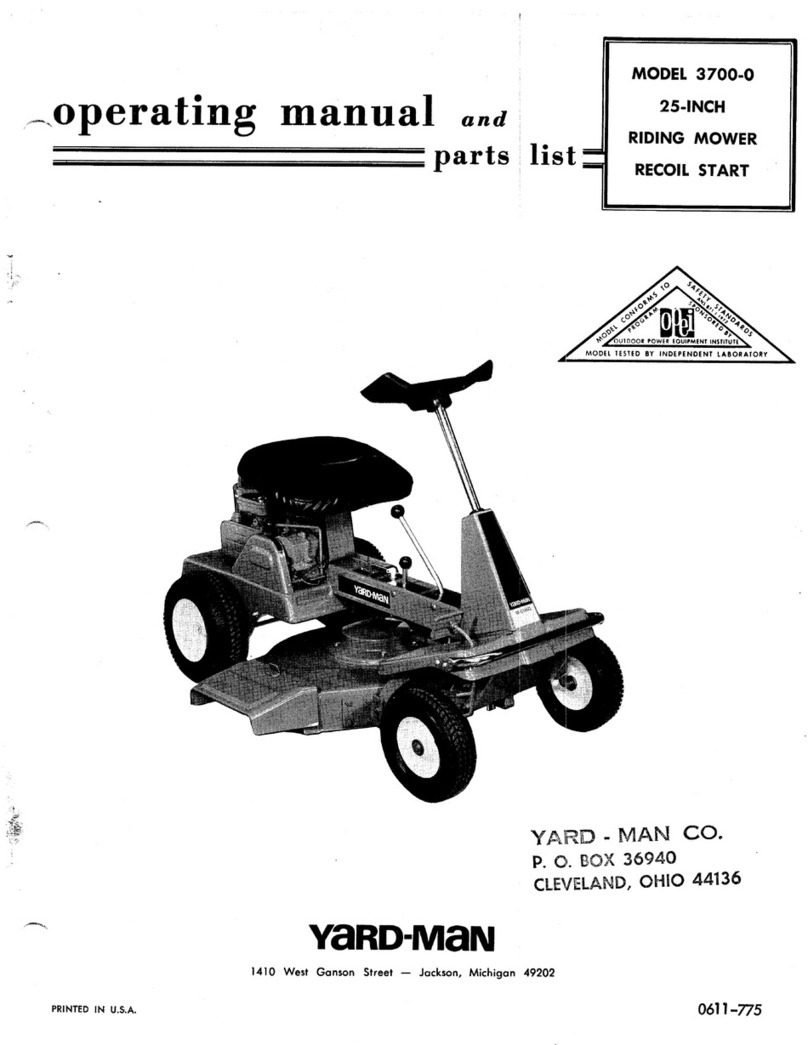
EN
7
0478 131 8327 B - EN
4.1 General
These safety regulations must
be observed when working with
the machine.
Read the entire instruction
manual before using the
machine for the first time. Keep
the instruction manual in a safe
place for future reference.
These safety precautions are essential for
your safety, however the list is not
exhaustive. Always use the machine in a
reasonable and responsible manner and
be aware that the user is responsible for
accidents involving third parties or their
property.
Make sure that you are familiar with the
controls and use of the machine.
The machine must only be used by
persons who have read the instruction
manual and are familiar with operation of
the machine. The user should seek expert
and practical instruction prior to initial
operation. The user must receive
instruction on safe use of the machine
from the vendor or another expert.
During this instruction, the user should be
made aware that the utmost care and
concentration are required for working with
the machine.
Residual risks persist even if you operate
this machine according to the instructions.
Only give or lend the machine, including
any accessories, to persons who are
familiar with this model and how to operate
it. The instruction manual forms part of the
machine and must always be provided to
persons borrowing it.
Make sure that the user is physically,
sensorily and mentally capable of
operating the machine and working with it.
If the user is physically, sensorily or
mentally impaired, the machine must only
be used under supervision or following
instruction by a responsible person.
Make sure that the user is of legal age or
being trained under supervision in a
profession in accordance with national
regulations.
The machine must only be operated by
persons who are well rested and in good
physical and mental condition. If your
health is impaired, you should consult your
doctor to determine whether working with
the machine is possible. The machine
should not be operated after the
consumption of alcohol, drugs or
medications which impair reactions.
The machine is intended for private use.
Caution – risk of accident:
The machine is only intended for mowing
lawns. Its use for other purposes is not
permitted and may be dangerous or result
in damage to the machine.
Due to the physical danger to the user, the
machine must not be used for the following
applications (incomplete list):
– for trimming bushes, hedges and
shrubs,
– for cutting creepers,
– for the care of lawn roofs and balcony
boxes,
– for shredding or chopping tree or hedge
cuttings,
– for clearing paths (vacuuming,
blowing),
– for levelling earth mounds, e.g. mole
hills,
– for transporting clippings, except in the
grass catcher box intended for this
purpose.
For safety reasons, any modification to the
machine, except the proper installation of
accessories approved by STIHL, is
1Upper handlebar
2Lower handlebar (RMA 339)
3Bracket (RMA 339 C)
4Housing
5Motor hood
6Rear wheel
7Front wheel
8Grass catcher box
9Upper transport handle
10 Lower transport handle
11 Discharge flap
12 Rotary handle (RMA 339)
13 Handlebar detent lever (RMA 339 C)
14 Level indicator (grass catcher box)
15 Motorstop lever
16 Height adjustment lever
17 ON button
18 Rating plate with machine number
19 Cover
20 Safety plug
21 Eco mode switch
22 Battery
23 Charger
4. For your safety
Risk of death from suffocation!
Packaging material is not a toy -
danger of suffocation! Keep
packaging material away from
children.


